Articles & Resources
EEO Policy
Generate an EEO policy here!
Click the button to start the wizard. Answer the questions about your organization and at the end you’ll get a customized document designed for your organization’s needs. The document comes out as a fully editable MS Word document which is yours to keep.
DISCLAIMER: Documents generated through Mission Guardian are legally sufficient for Minneapolis neighborhood associations. Clients assume the risk of editing generated documents. Birken Law Office cannot guarantee edits you make will result in a policy / procedure that complies with Neighborhoods 2020 requirements, state law, federal law, IRS regulations or nonprofit sector best practices.
Why do we need an EEO policy?
The City of Minneapolis Neighborhoods 2020 new grant requirements include the requirement to have an Equal Opportunity Employment / Affirmative Action Policy. Essentially, the City is passing through their requirement to comply with EEOC, equal pay and other fair hiring practices laws. Even though we may not be a large enough employer, we take their grants so we will have to comply with their rules.
Plus, Minnesota State laws against discrimination apply to any employer with at least ONE employee. The Minnesota Human Rights Act makes it illegal for an employer to discriminate on the basis of race, color, creed, religion, national origin, sex, marital status, sexual orientation (including by definition, gender identity), status with regard to public assistance, disability or age.
What equal opportunity law applies to a small employer?
The Minnesota Human Rights Act makes it illegal for an employer of any size to discriminate on the basis of race, color, creed, religion, national origin, sex, marital status, sexual orientation (including by definition, gender identity), status with regard to public assistance, disability or age.
If you have even 1 employee, you are covered by this law.
US Federal EEOC laws only kick in when employers have more than 15 employees. Federal laws break down as follows:
If you have at least one employee: You are covered by the law that requires employers to provide equal pay for equal work to male and female employees.
If you have 15 to 19 employees: You are covered by the laws that prohibit discrimination based on race, color, religion, sex (including pregnancy, sexual orientation, or gender identity), national origin, disability and genetic information (including family medical history). You are also covered by the law that requires employers to provide equal pay for equal work.
If you have 20 or more employees: You are covered by the laws that prohibit discrimination based on race, color, religion, sex (including pregnancy), national origin, age (40 or older), disability and genetic information (including family medical history). You are also covered by the law that requires employers to provide equal pay for equal work.
If your organization hires anybody, we need the EEO / Affirmative Action Policy in place, and you should run that wizard.
Recent Podcast Episodes

145: Astronauts vs. Scuba Divers | Can You Convert a Failing Business Into a Nonprofit?

142: Someone Get Me a Flux Capacitor! | What Happens When Your Nonprofit IRS Status is Revoked
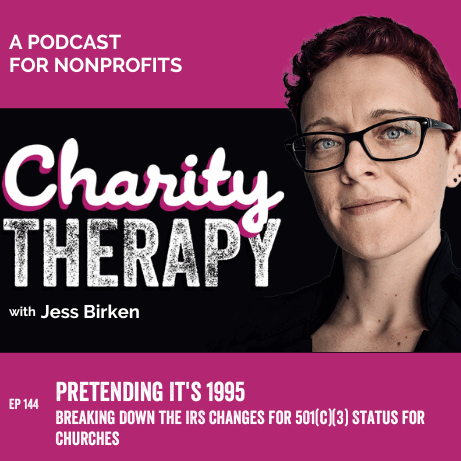
144: Pretending It’s 1995 | Breaking Down the IRS Changes for 501(c)(3) Status for Churches

143: Anonymized Juicy Gossip | What Happens If You Don’t Do the Nonprofit Filings?
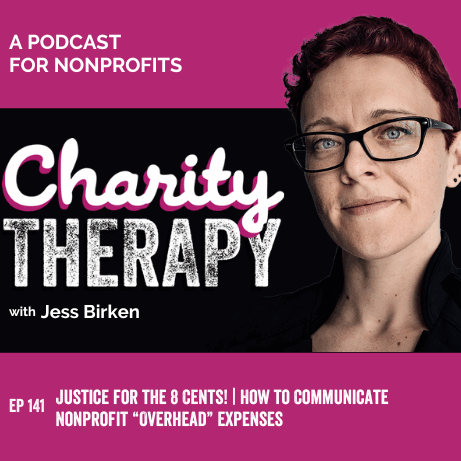
141: Justice for the 8 Cents! | How to Communicate Nonprofit “Overhead” Expenses
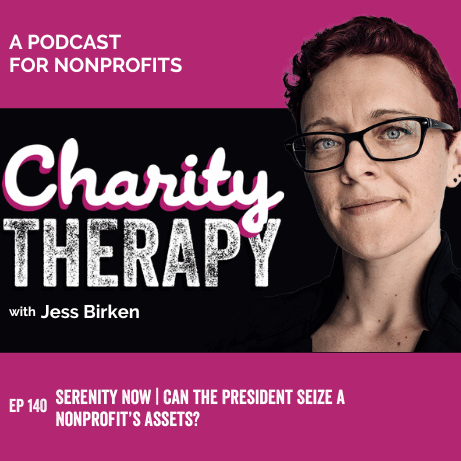
140: Serenity Now | Can the President Seize a Nonprofit’s Assets?
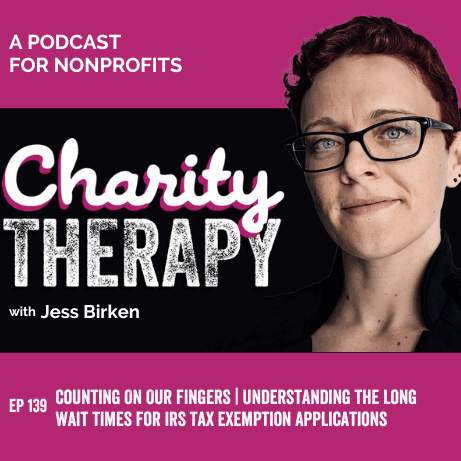
139: Counting On Our Fingers | Understanding The Long Wait Times for IRS Tax Exemption Applications
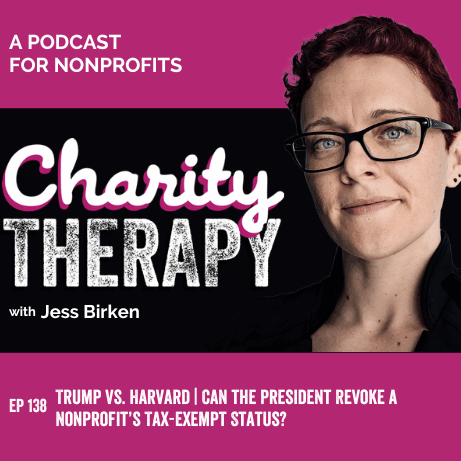
138: Trump Vs. Harvard | Can the President Revoke a Nonprofit’s Tax-Exempt Status?
